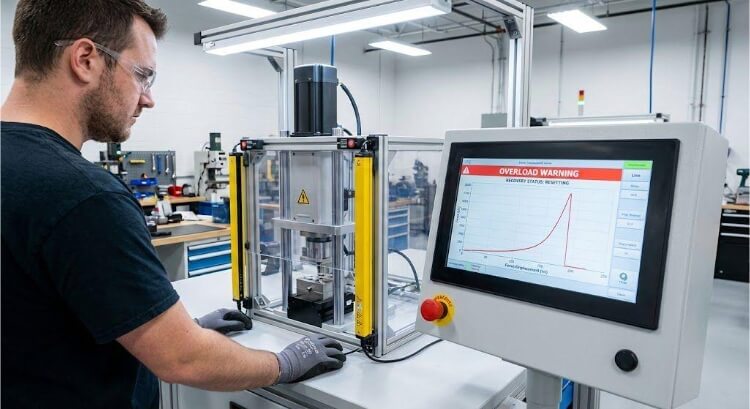Anodized aluminum is known for its durability and aesthetic appeal. However, it can lose shine with time. How can we restore the brilliant shine to anodized aluminum fixtures and parts? Anodized aluminum can be restored to its original luster by polishing it.
Clean the anodized surface with a soft, soapy cloth and water. Rinse and then dry the surface. Apply a small quantity of high-quality metal polish to a microfiber towel and rub gently in circular motions. Remove any excess polish using a clean, dry cloth. Finish with a silicone spray and buff lightly to increase the shine.
This will not only restore luster but will also protect your surface from future wear.
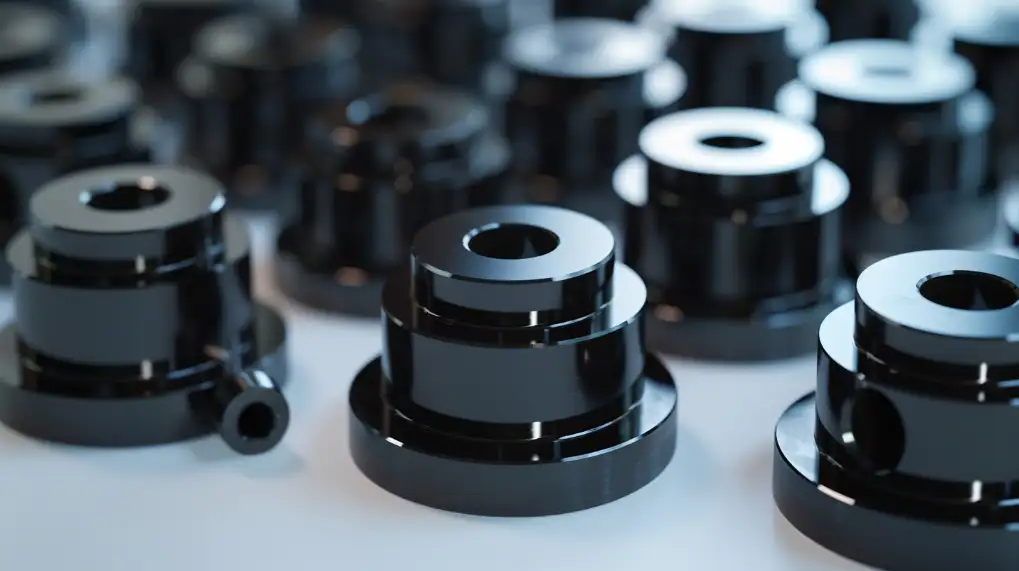
Understanding Anodized Aluminum
What is anodized aluminum?
Manufacturers anodize aluminum by electrochemically treating it to create a corrosion-resistant anodic oxide surface. This involves immersing aluminum in an electrolyte solution and passing an electrical current through it.
Anodizing Aluminum Has Many Benefits
Anodization increases the resistance of a material to corrosion and wear. This extends its lifespan. The anodized coating is porous and allows for secondary processes, such as coloring, to improve the aesthetic appeal. It’s also a process that doesn’t alter the metal’s capacity to conduct heat and electricity, preserving its functional properties.
Prepare yourself before you begin: Steps to take
How to Assess the Condition of Anodized Aluminium
Assess the surface condition before polishing anodized aluminum. Look for severe scratches, erosive stains, or color fading that may require more intensive treatment.
Tools and Materials Required for Polishing
You’ll need these tools and materials to polish anodized aluminum effectively:
- Mild, non-abrasive cleaner
- Soft microfiber cloth and non-metallic brushes
- Anodized Aluminum Polish – Specific for Preserving the Anodized Layer
- Polishing wheel
- Specialized buffing pads
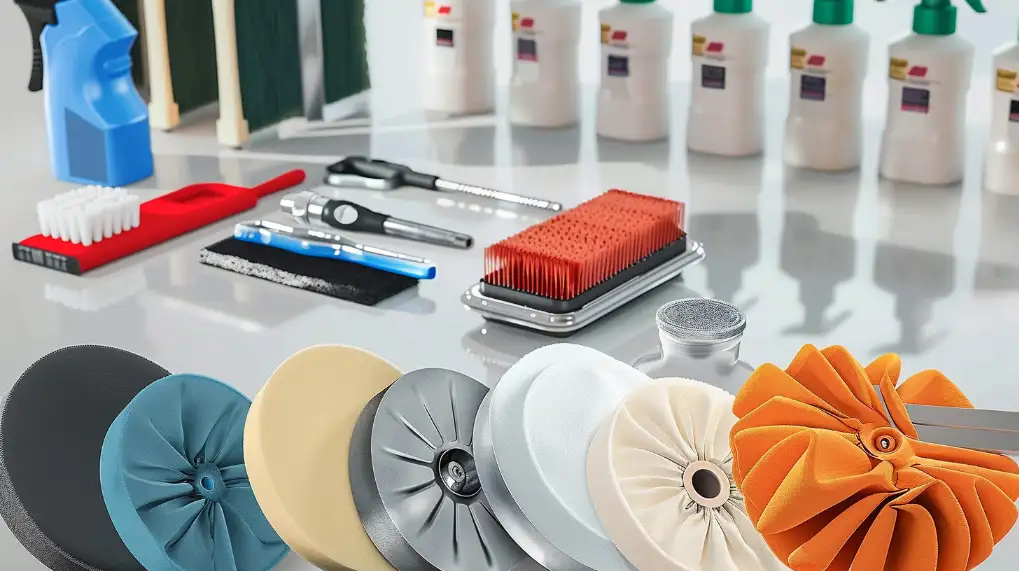
Cleaning Anodized Aluminum
Initial cleaning: Remove surface dirt and debris
To clean anodized aluminum, remove all loose dirt and debris from the surface by wiping it gently with a dry, soft microfiber cloth. Avoid using materials that can scratch or damage anodized surfaces.
Selecting the Best Cleaning Agents
Avoid using strong acidic or alkaline cleaners, as these can cause the anodized coating to corrode. Choose mild detergents or anodized aluminum cleaners with a pH balance designed for this purpose. These cleaners are effective without damaging the anodized finish.
Step-by-Step Cleaning Procedure
- Prepare Cleaning Solution: Mix a little mild detergent with warm water.
- Applying the Solution: Dip a soft sponge or cloth in the cleaning solution and squeeze it until it is damp but not dripping.
- Gently clean the Surface: Wipe the surface of the anodized aluminum with a damp cloth. Use circular motions to remove dirt.
- Rinse thoroughly: After cleaning the surface, rinse it with clean water to remove all detergent residue.
- To dry the surface thoroughly, Use a clean and dry microfiber cloth.
Evaluating Surface Conditions
Identification of Common Defects on Anodized Aluminium
Pitting
Anodized aluminum pitting is usually a tiny depression on the surface. Harsh chemicals or corrosive environments can cause this. These pits may accumulate dirt or debris, making the surface appear uneven and worn.
Cloudiness or dullness
Anodized aluminum surfaces that appear dull or cloudy are usually signs of a general deterioration in the finish. It can be due to environmental factors, such as improper cleaning or exposure to abrasive materials. These factors can slowly degrade the surface and make it look uninteresting.
When Should You Hire a Professional to Polish Your Surface?
It is best to polish anodized aluminum when dealing with minor imperfections such as cloudiness or dullness. Using a non-abrasive material can fix this problem.
It is best to consult a professional for more severe damage, such as extensive corrosion or deep pitting. Professionals can determine if the item needs to be re-anodized or undergo more intensive treatments to restore durability and appearance.
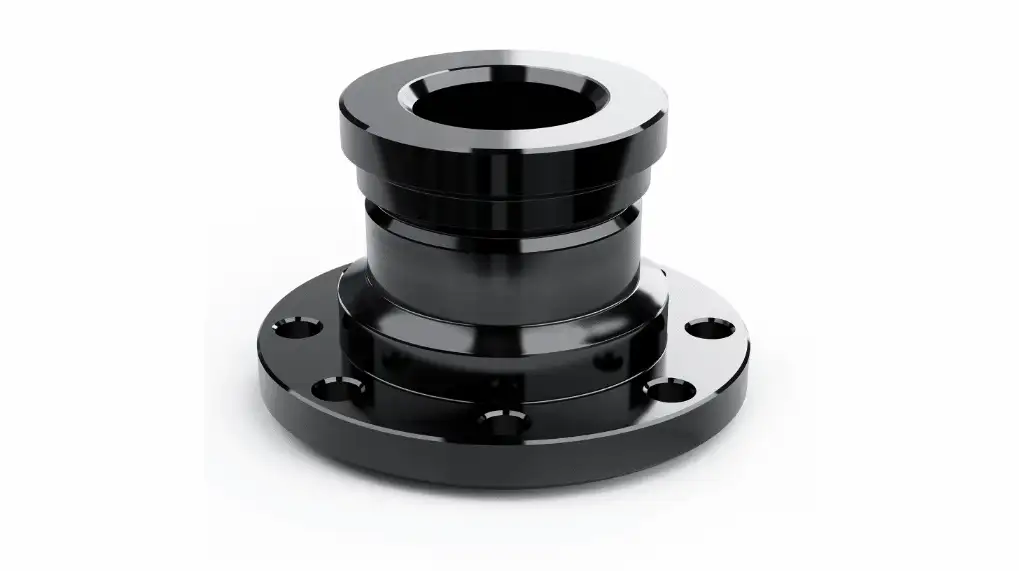
Polishing Techniques
Manual Polishing vs. Mechanical Polishing
Manual Polishing
A non-abrasive compound and a soft, clean cloth polish anodized aluminum. This method is ideal for delicate or smaller items because it allows you to control the pressure.
Mechanical Polishing
Mechanical polishing is quicker and better suited for large or often-used surfaces. To avoid damaging the anodized coating, using the right speed and the appropriate polishing pad is essential.
Choose the suitable polishing compounds and pads.
Choose a polish formulated explicitly for anodized surfaces. These are usually softer. Choose pads made of non-abrasive material such as microfiber or wool. These materials will ensure that polishing does not scratch or remove the anodized coating.
Detail Polishing Instructions
- Preparation: Wipe the aluminum surface with a mild cleaning agent to ensure it is contaminant-free.
- Apply Compound: Dab a small amount of polishing compound to your pad of choice. If you want to polish manually, apply the compound straight onto a soft fabric.
- Polish :
- Use circular motions and light to moderate pressure when applying the compound to the surface.
- Attach the pad to the machine, apply the compound, and polish slowly to moderately slow speeds, monitoring pressure and heat to prevent damage.
- Assess & Repeat: Regularly assess your progress and repeat polishing until you achieve the desired shine.
- Clean up: After polishing the surface, use a clean cloth and wipe it to remove any remaining compound.
- Buff: Use a dry, fresh microfiber cloth to polish the surface.
Aftercare for Polished Anodized Aluminium
Why seal the surface?
Sealing helps to lock in the shine and protects surfaces from pollutants and moisture. Sealing anodized aluminum effectively is as follows:
- Select the Right Sealant: Choose a sealant specifically designed for aluminum anodized. These products, typically silicone-based, provide a transparent protective layer that does not affect the metal’s look.
- Clean Surface: Ensure the aluminum surface is arid before applying the sealant.
- Sealant: Use a soft, clean cloth to apply the sealant across the surface evenly.
- Allow Sealant to Dry: Wait the specified time on the product’s label to allow the sealant to dry. It can vary but is usually between 20 minutes and an hour.
Maintain Shine and Protect Coating with These Maintenance Tips
Follow these tips to keep your anodized polished aluminum looking like new and increase the lifespan of the coating:
- Regular Cleansing: Use a mild detergent with a soft rag to clean the surface regularly. This will prevent dirt and grime from building up. Avoid using abrasive cleaning products or tools which can scratch the surface.
- Immediate Cleanup: If liquid spills on anodized aluminum, clean it up immediately to avoid staining and damage to the coating.
- Avoid Harsh Chemicals: Do not use harsh chemicals on anodized aluminum. They can dull the finish.
- Routine inspection: Inspect the surface periodically for signs of wear and damage. Early detection of problems like corrosion or pitting can allow you to take action before damage is extensive.
- Protective Covers: If you use aluminum outside or in harsh environments, consider covering it when not used.
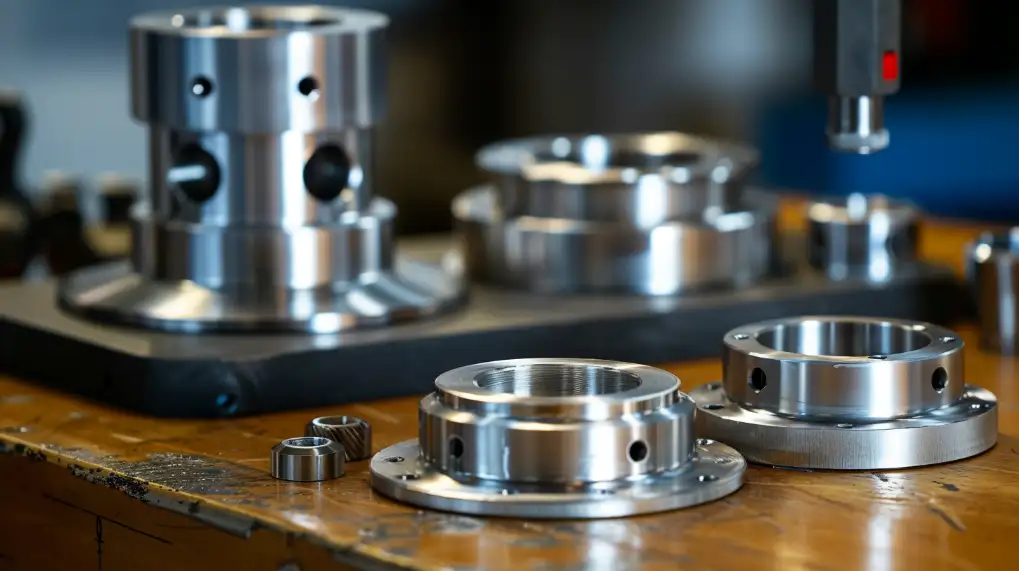
The Best Tips and Tricks
How to treat deep scratches and scuffs?
Due to the depth and potential exposure of the metal beneath, deep scratches and scuffs can be challenging to repair. How to deal with them
- Cleaning the Area: Thoroughly clean any debris or dirt from the scratched area.
- Light-Grit Sanding: If the scratch has a profound depth but has not yet penetrated the anodic coating completely, gently sand it with fine-grit paper. To avoid further damage, lightly sand the metal toward its grain using 600-800 grit paper.
- Polish: After sanding the area, restore it with a polish designed for anodized aluminum.
- Seal Surface: Use a sealant explicitly designed for anodized aluminum to protect the newly treated and exposed area.
How to restore color on faded anodized aluminum?
Anodized aluminum that has faded can be revived to restore its color. However, re-anodizing will only bring back the original color. Follow these steps to restore minor fading.
- Clean Surface: Make sure the surface is free of dust, oils, and contaminants.
- Use a Color-Restoring product: If available, use color-restoring products that can improve the color and offer some protection.
- Polish and seal: gently polish the surface with an aluminum polish, then seal it. This will enhance the color brightness and prevent further fading.
Preventive measures to avoid future damage
Consider these measures to prevent further damage and maintain anodized aluminum’s integrity:
- Choose the Right Cleaning Products: Always use cleaners designed on anodized aluminum. Avoid acidic or high-alkaline cleaning products, as these can remove the anodic coating.
- Regular Maintenance: Regularly check and maintain the anodized aluminum surfaces to detect and minimize any early signs or damage.
- Protect against UV Exposure: UV light can cause anodized aluminum to fade. If possible, position the aluminum away from direct sunlight.
- Handle Care: Avoid sharp objects and place heavy items to avoid scratches or dents.
Conclusion
Anodized aluminum must be carefully maintained using the proper cleaning and polishing methods. Use non-abrasive cleaning and polishing products specially formulated to protect the anodic coating. Avoid overpolishing or environmental damage, and apply a sealant to the surface. With regular maintenance, anodized aluminum will look newer and last longer.
Do you need a reliable sheet metal parts manufacturer? Shengen is the place to go. We specialize in sheet metal laser cutting, bending, surface finish, and CNC Machining. Reach out to Shengen Today and seek help from professionals!
FAQs:
Can anodized aluminum be repolished?
Anodized aluminum can be repolished. Handle it carefully to avoid damaging the anodic protective layer. To maintain anodized surfaces, use non-abrasive compounds with soft cloths and pads.
How often should anodized aluminum be polished?
Anodized aluminum should only be polished if necessary. This is usually once or twice per year, depending on usage and environmental factors. Frequent polishing will wear out the anodic coating and reduce the layer’s effectiveness in protecting the aluminum underneath.
What are the dangers of incorrectly polishing anodized aluminum?
If you polish anodized aluminum incorrectly, you can cause scratches, remove the anodic coating, and leave an uneven finish. Abrasive chemicals or abrasive products can also remove the protective coating and make the aluminum more susceptible to corrosion.
Are there eco-friendly methods of polishing anodized aluminum?
There are many eco-friendly ways to polish anodized aluminum. You can use homemade solutions such as a vinegar-water mixture or baking soda-water. Apply these solutions with a soft, non-abrasive cloth.
More Resources:
Manual vs. Mechanical Polishing Techniques – Source: Wheelforce
Choosing the Right Polishing Compound – Source: Cooksongold
Repairing Anodized Aluminum – Source: Sciencing
Hey, I'm Kevin Lee

For the past 10 years, I’ve been immersed in various forms of sheet metal fabrication, sharing cool insights here from my experiences across diverse workshops.
Get in touch

Kevin Lee
I have over ten years of professional experience in sheet metal fabrication, specializing in laser cutting, bending, welding, and surface treatment techniques. As the Technical Director at Shengen, I am committed to solving complex manufacturing challenges and driving innovation and quality in each project.

